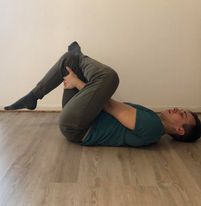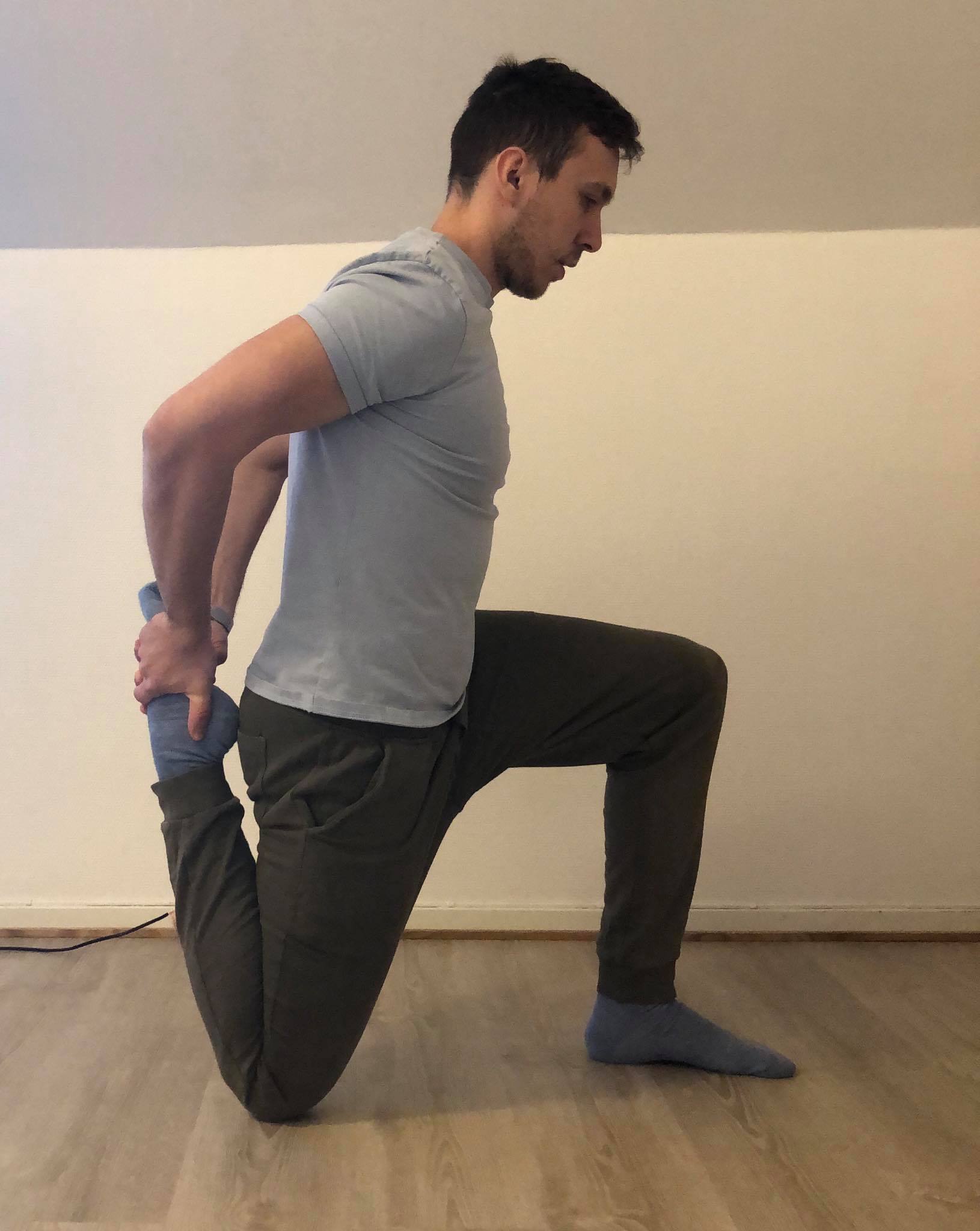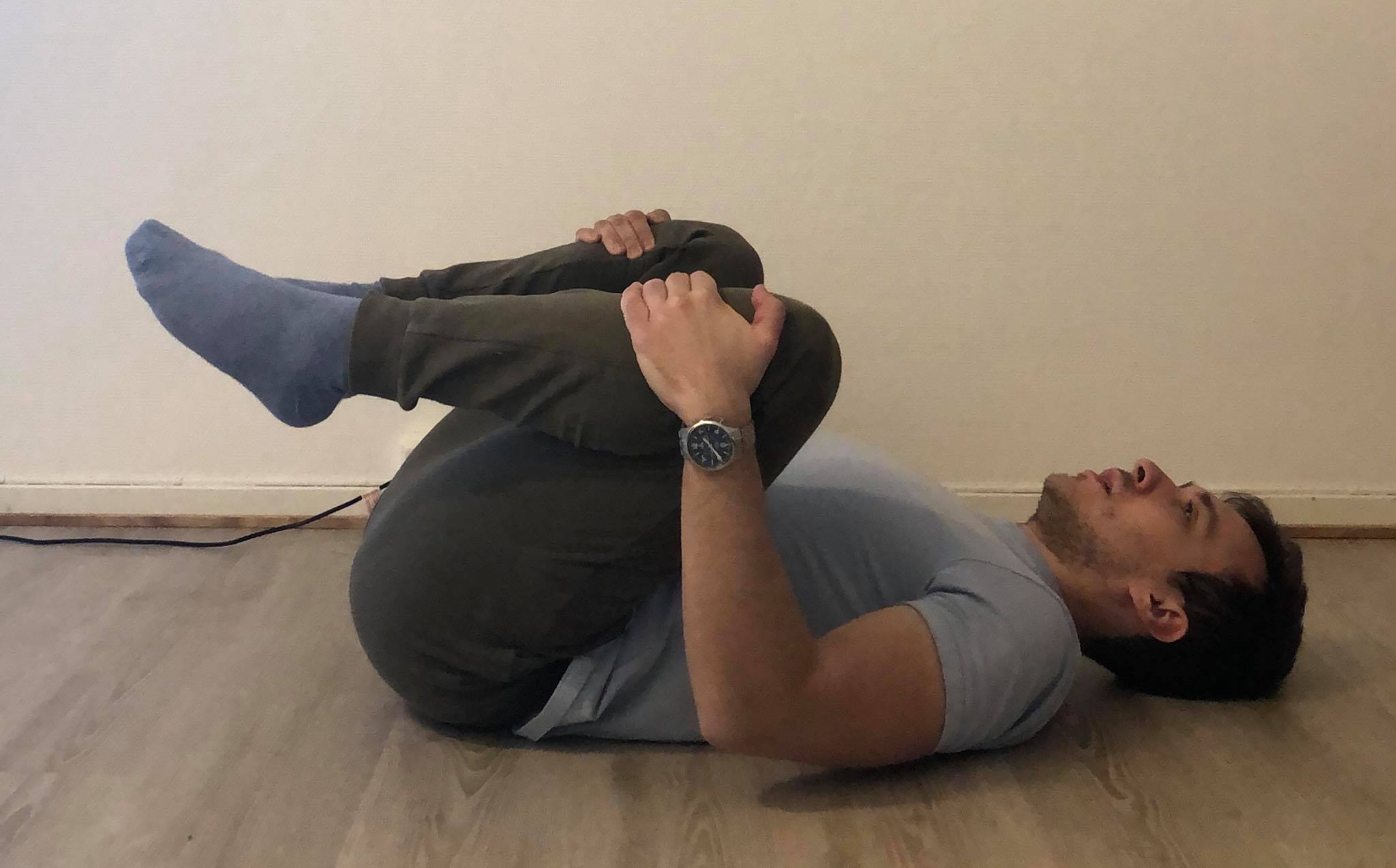Lower back spasm and can’t move.
Lower Back Spasm and I Can’t Move. Why it Occurs?
It happened to me only a few times in my life (so far), but it was a very unpleasant experience. I had jumping training outside and took a little break from jumping. Afterward, I tried to jump again but my lower back muscles went straight to spasm and I couldn’t move freely. I become very curious and decided to write about why it happens and what to do when lower back spasms occur.
There are several reasons why we can end up with painful back spasms, but we can divide them into two groups: muscle sprains or muscle injury-related and underlying issue in the lower back. If anyone have a lower back spasm and can’t move, it is most likely to be one or the other reason mentioned above. In both cases, consulting your doctor or physical therapist is something I would highly recommend.
Painful low back spasms happen often:
- After sleeping in an awkward position.
- After doing an excessive movement. i.e. jumping or rotating the trunk.
- With a sedentary and inactive lifestyle.
Usually, the lower back spasm will reduce after a week or two. With some people, the occurrence of muscle spasms in the lower back is more frequent than the others.
Also, one of the contributing factors to periodical spasms in the lower back is cold weather, but more on that later.
The most important thing is that you can reduce the tension in the back and improve lower body health. First, we are going to explain the nature of this condition and afterward, the treatment itself.
Lower Back Spasm Causes
As mentioned above, the back spasm can originate from muscle injuries or an underlying issue in the lower back.
Let’s talk first about muscle spasm injuries.
Starting a high-demanding physical activity (jumping or squat) without a proper warmup puts a lot of pressure on the lower back. If the pressure is unbearable for muscles, they may go into spasm, as a defensive response by our body.
Sometimes a person gets the pain and tension right away, but sometimes after the next morning.
On the other side, there may be an issue in the lower back anatomy itself. Some of the commonly known conditions are:
- Herniated discs
- Spinal stenosis
- Arthritis
- Poor posture
In some cases, those conditions are causing instability in the lower back. As a result, the muscles go into spasm and protect your back from moving too much.
Lower Back Spasm. What to do?
If the back is locked up and a person can’t move, he/she should first try to find the most relaxing position for back. That may include lying down on your back with a pillow behind your knees.
Your muscles should relax and the tension should relieve.
Sleeping on the side with a pillow in between the knees can also help.
There are a few activities or movements you should avoid:
- Running
- Jumping
- Bending and extending in any direction
- Rotating trunk
Basically, you shouldn’t do any activities which are back related. By understanding that, you will avoid further injuries.
Treatment For Lower Back Muscle Spasm
Some of the best treatment procedures for the muscle spasm in the lower back are:
- Ice
- Stretching
- Strengthening the abdominal muscles
- NSAID – painkillers
- Massage (not in an acute phase)
- Physical activity
- Low back training routine
Another important thing is to learn how to deal with daily activities.
With educating on how to sit, bend or raise objects from the floor, there are better chances for avoiding the lower back in general.
Implementing a yoga exercises is beneficial for reducing the pain, improving the posture and creating a great habit.
Physical therapy for back spasm
When talking about physical therapy for lower back spasm, several procedures are used in treating the spasm.
On the most painful days, I recommend the following:
- Ice therapy – around 7 minutes of treatment to decrease the inflammation and ease the pain.
- Electrotherapy – use of interferential and TENS current is often highly recommended by the professional physical therapist.
- Rest – find the most suitable position for pain relief and try not to provoke the pain during the day and night.
After a few days, you can switch to:
- Massage – gentle massage which stimulates further muscle relaxing, while reducing the stress in general.
- Stretching – simple static stretching will give us more confidence in our physical capabilities and stretch the muscles.
- Exercise – increase the type and volume of exercises. The goal is to go back to normal daily activities, as to return to a usual physical activity.
Exercises for lower back spasms
The best combination of exercises for relieving the lower back spasm are:
- Stretching exercises
- Strength exercises
- Breathing exercises
- Corrective exercises
- Stability
Let’s start with stretching first. You should focus on stretching the following muscle groups: hip external rotators, hip flexors and extensors, and paraspinal muscle groups in the lower back.
By doing so, you will improve the health of the lower back.
Strength exercises include activation of the abdominal muscle group and positioning of the lower back as well (corrective exercises). Always make sure that you press down the lumbar part of the spine against the floor while doing any abdominal-related exercise.
Breathing exercises contribute to lower body health by slightly stretching the paraspinal muscles during the exhale phase.
Stability exercises improve motor control and activation of the muscles overall. Because of that, they are used as a precaution and for reducing the chances of injuries.
Stretches For Lower Back Spasms
Hip rotators – Start with laying down on your back. Cross the legs, grab the leg and pull the knee to the chest. In this case, the tension is on the left gluteal muscle.

Hip flexors – Grab one foot with arms and pull until you feel the tension in the front of the thigh. Lean forward to increase the stretch. This exercise can sometimes cause discomfort in the lower back. In that case, try to do the same exercise while lying on one side.

Paraspinal Muscle Spasm Exercises
Paraspinal muscles are vital for our back health. They are the core stabilizers of the spine. With every movement of the spine, they are activated: bending, rotating, extending.
Because of their core function, we should focus on improving their health.
Paraspinal muscle spasm stretch – Lay down on your back and pull the knees towards your body. Then, spread the legs as much as you can, but slowly. If you have pain or discomfort while lifting your legs, try to lift one at a time. Also, if you want to increase the stretch of the paraspinal muscle group, add the neck flexion at the end. Try to hold for 45s.

More Information About Low Back Health
Lower back pain after running – Learn the connection between lower back pain and running. I’ve covered common injuries from running and explained why they occurs. You can find a quick guide on how to deal with lower back pain from running also.
Lower back pain after deadlift – Learn the connection between lower back and deadlift exercises, what are the common back injuries after a deadlift, and what it takes to prevent and relieve the pain. You can read the simple and effective exercise program that helps to relieve muscle tension in the lower back. I apply the same exercises when I go too hard with training!
Stretching exercises for paraspinal muscles – Take a look at a quick guide for 15 stretching exercises that relieve this muscle group. Paraspinal muscles are located around the spine and they follow the spine from the tailbone to the skull.
Back pain and squats – Learn how to avoid back pain when squatting, why you should squat regularly and what is the bests squatting variation if you have low back pain.
